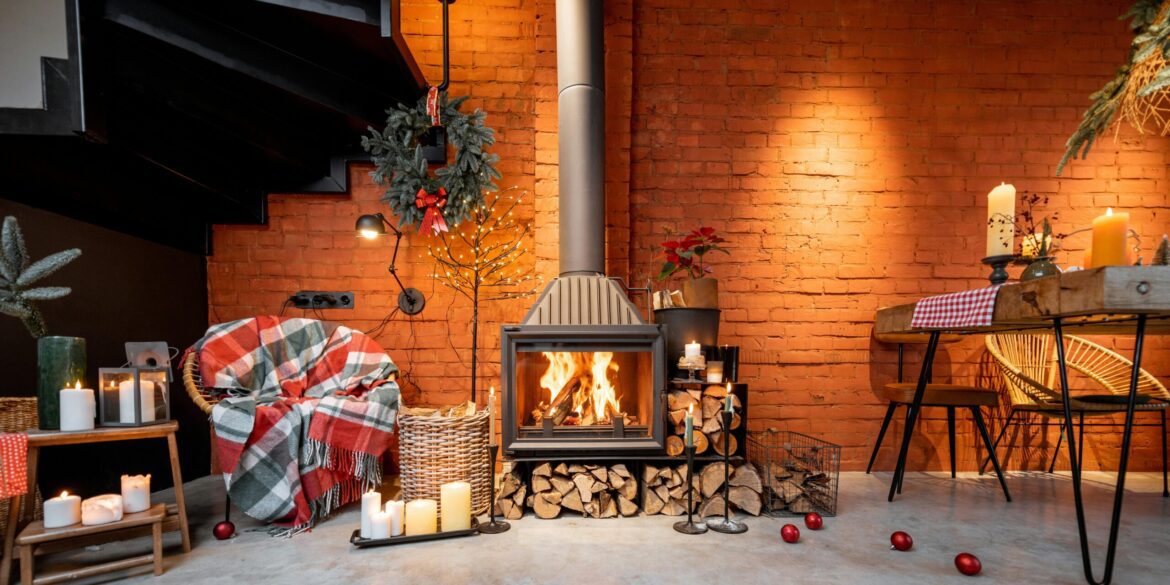As temperatures drop across the United States and winter 2025 settles in, a distinct shift is occurring in how homeowners and buyers prioritize features in residential properties. Recent trend reports and consumer insights reveal a growing focus on comfort, adaptability, and technology integration in the home—an evolution that reflects both seasonal needs and broader lifestyle changes shaped by remote work, sustainability goals, and a desire for healthier indoor environments.
Throughout November, design analysts and home-living experts have observed a clear uptick in demand for what is being called “cozy living.” This trend centers on physical warmth, emotional comfort, and design elements that transform homes into restful, multi-functional spaces. Across the country, homeowners are making upgrades to enhance insulation, reduce drafts, and improve moisture control as they brace for colder weather. These improvements not only increase comfort but also contribute to energy efficiency—a factor that has become more critical as utility costs rise and environmental consciousness grows.
Simultaneously, technology is playing a larger role in how homes are experienced during the winter season. Smart-home integration has moved from novelty to necessity for many. According to a comprehensive North American consumer study conducted this fall, nearly 60 percent of households now feature at least one smart-home device, with many reporting multiple installations. Smart TVs and voice assistants remain popular, but significant growth has been noted in smart thermostats, automated lighting systems, and home security solutions.
These technologies are not just about convenience. In colder months, devices like programmable thermostats, energy monitoring systems, and climate-sensitive lighting help households manage consumption while maintaining comfort. For example, homeowners are increasingly relying on smart heating systems that learn daily patterns and adjust temperatures accordingly, reducing waste while keeping living spaces warm when it matters most. Automated blinds that respond to sunlight and smart humidifiers that optimize indoor air quality are also rising in popularity, contributing to healthier living environments.
The intersection of coziness and connectivity is also influencing the real estate market. For sellers, the presence of upgraded insulation, energy-efficient windows, and integrated smart-home systems can significantly enhance a property’s appeal. As winter is traditionally a slower season for home sales, offering these modern comforts can help listings stand out in a less competitive market. Flexible floor plans that accommodate remote work or multi-generational living are especially attractive, as families continue to balance evolving household needs.
For buyers, the colder season presents both challenges and opportunities. While winter weather can limit open houses and inspections, it also provides a chance to evaluate homes under real conditions. Properties that maintain comfortable indoor temperatures, show evidence of effective insulation, and include smart features are likely to offer better long-term value. Moreover, fewer active buyers during the winter months may create opportunities for more favorable negotiations, particularly on homes with recent upgrades.
Beyond individual properties, these seasonal preferences are influencing entire neighborhoods and housing developments. Communities that prioritize sustainable building standards, smart-home readiness, and wellness-oriented design may find themselves more attractive to younger buyers and growing families. The integration of smart-home infrastructure is now viewed as a standard feature rather than a luxury in many newer developments, especially in suburban and exurban markets that saw accelerated growth in recent years.
Notably, the shift toward smart, cozy living aligns with broader societal trends. As more Americans continue to work from home either full-time or in hybrid arrangements, the demand for houses that support comfort, productivity, and technology continues to rise. The concept of the home as a central hub for work, learning, relaxation, and wellness has taken hold, especially in the aftermath of the pandemic. Winter, with its demands for warmth and efficiency, has become a critical time to evaluate how well a home supports these multidimensional roles.
Looking ahead, homeowners are expected to continue investing in upgrades that provide both immediate comfort and long-term utility. Industry analysts suggest that relatively modest investments—such as installing a smart thermostat, enhancing attic insulation, or creating a more flexible living space—can deliver meaningful returns in resale value and day-to-day quality of life. As technology becomes more affordable and user-friendly, barriers to entry are lowering, allowing more households to participate in the smart-home movement.
In sum, winter 2025 is not only bringing colder weather but also a renewed focus on the ways homes can serve as safe, warm, and intelligent environments. Whether preparing to sell, making selective improvements, or shopping for a new home, Americans are increasingly embracing the synergy between cozy design and modern technology. This convergence is reshaping expectations and setting new standards for what makes a house truly livable in the twenty-first century.
Read Also: https://toplistings.com/holiday-shops-open-at-bryant-park-in-new-york-city/

